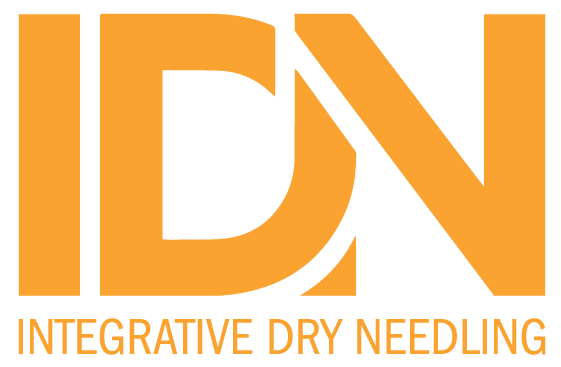J Man Manip Ther. 2022 May 23:1-12. doi: 10.1080/10669817.2022.2077516. Online ahead of print.
ABSTRACT
OBJECTIVES: Examine: (1) whether variability in dry needling (DN) dosage affects pain outcomes, (2) if effect sizes are clinically important, and (3) how adverse events (AE) were documented and whether DN safety was determined.
METHODS: Nine databases were searched for randomized controlled trials (RCTs) investigating DN in symptomatic musculoskeletal disorders. Methodological quality was assessed using the Physiotherapy Evidence Database (PEDro) scale. Included RCTs met PEDro criteria #1 and scored > 7/10. Data extraction included DN dosage, pain outcome measures, dichotomous AE reporting (yes/no), and AE categorization. Clinically meaningful differences were determined using the minimum clinically important difference (MCID) for pain outcomes .
RESULTS: Out of 22 identified RCTs, 11 demonstrated significant between-group differences exceeding the MCID, suggesting a clinically meaningful change in pain outcomes. Nine documented whether AE occurred. Only five provided AEs details and four cited a standard means to report AE.
DISCUSSION: There was inconsistency in reporting DN dosing parameters and AE. We could not determine if DN dosing affects outcomes, whether DN consistently produces clinically meaningful changes, or establish optimal dosage. Without more detailed reporting, replication of methods in future investigations is severely limited. A standardized method is lacking to report, classify, and provide context to AE from DN. Without more detailed AE reporting in clinical trials investigating DN efficacy, a more thorough appraisal of relative risk, severity, and frequency was not possible. Based on these inconsistencies, adopting a standardized checklist for reporting DN dosage and AE may improve internal and external validity and the generalizability of results.
PMID:35607259 | DOI:10.1080/10669817.2022.2077516



